Wow, so yesterday, a boat that I’ve fished on, The Enterprise, out of Long Beach Marina went offshore on a 3/4 day trip…and hooked into a MARLIN! They also ran into jumping tuna and dorado. For some perspective…I spent 2 days in May fishing off the East Cape of Baja Mexico. I hooked into and boated 1 marlin (Pic is not my fish. I CPR’d mine = Catch, Photograph & Release). I spent significantly more fishing in Mexico than the $55 cost to ride the Enterprise.
Anyway, the bottomline is that exotic offshore fishing opportunities…yellowtail, dorado, tuna, and even marlin have come within reach of local boats in what is shaping up to be a truly epic year of fishing here in SoCal. It occurred to me that there may be many of you not familiar with fishing offshore, so here’s a short primer.
What To Expect
Things are a little different when you are offshore. First and foremost, you are in much deeper water than you’d ever be if you are used to fishing your average 1/2 or 3/4 day trips. Implications of this sort of fishing are: a) the boat doesn’t anchor up, it drifts; and b) you aren’t targeting the lower end of the water column. The action is generally topwater or just below the surface.
How it usually works is that the captain has the latest dope on the water conditions and who is catching what fish where. This information guides where they point the boat. Once the boat is in the general area, it is looking for visual signs…a piece of floating kelp, free jumping fish, bird activity etc. Visual signs aren’t always acted upon. Let’s say it’s a kelp paddy…once the boat is right on it, the captain is looking for confirmation of fish on the sonar. Depending on what they see, the boat might just go right by, slowly drift it with the trolling lines still out, or tell you to get ready to soak a bait.
The bait is normally a live sardine. You’re going to flyline that bait (just the line and the hook) and let it swim. You want a nice lively bait to swim out and away from the boat. These pelagic species are normally looking for a fast, hot bait. In picking out a bait, a good rule to follow is the hardest bait to catch in the handwell, is the one you want. Cast your bait out, let it swim, but maintain contact with the it (don’t let the line get very slack)…keeping your reel in freespool. Should you be lucky enough to get bit, you’ll see your line start to speed out faster. Give it a 3 count, flip it into gear, and swing. If the rod is bent, you are hooked up.
What About Trolling?
Trolling is when the boat drags lures behind it as it’s running around in the fishing grounds. A boat will typically run 4 trolling lines at a time. Anglers rotate through turns on the trolling lines based on their bag number. You don’t need to have your own trolling rod. The boat will have it’s own setups for you to use. If one of the trolling lines gets hooked up, it’s called a jig strike. If the boat stops on a jig strike, the non-bit trolling lines are reeled in, and then the other anglers can throw a bait on what is hopefully a whole school of fish accompanying the fish that is hooked up.
The Shuffle
Fishing offshore is a collaborative effort of everyone on the boat. There are protocols everyone needs to follow to keep things orderly, avoid tangles, and maximize everyone’s opportunity to catch fish. Since the boat is drifting, the captain is going to tell everyone what side of the boat to fish on during the drift. You’ll hear the crew say, “Wind in your face, you’re in the right place.” The wind is going to push the boat. If you are facing the wind, your line will move out away from the boat. If not, it goes under the boat and can create problems. When you bait up, bring your rod with you to the bait tank. Pin on a fish and then cast out from the stern or toward the stern end of the side the captain said to fish on (if there is already a line of anglers on that side). As the boat drifts back, your line will angle toward the bow of the boat. Follow your line! You want to try and keep your line in front of you. “No angles. No tangles.” As your line angles toward the front of the boat, you will shuffle toward the bow also to maintain the proper positioning in relation to your line.
We’re running long, so in the next installment I’ll cover What to Bring, Hook Selection, and some Do’s/Don’ts.

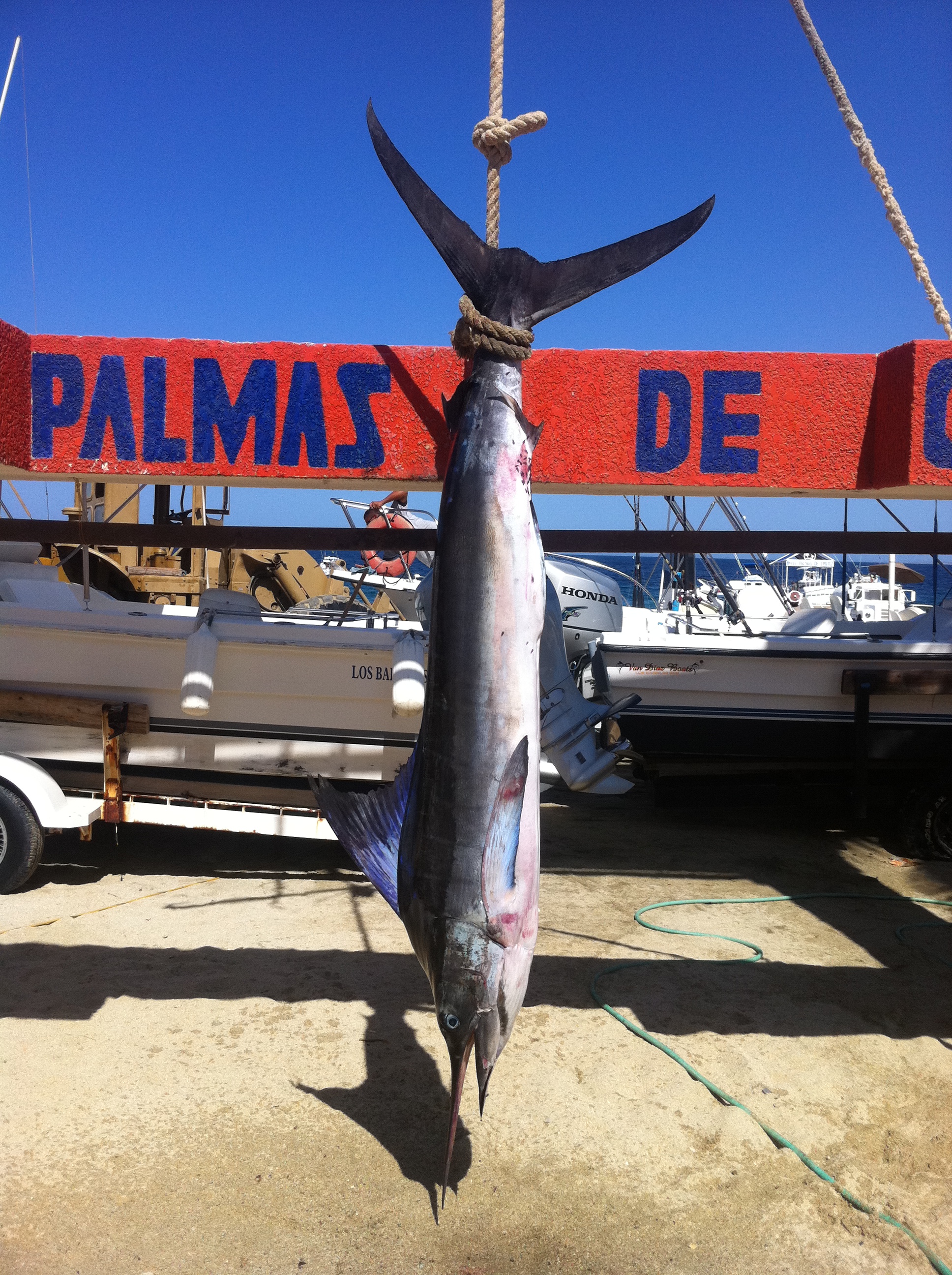


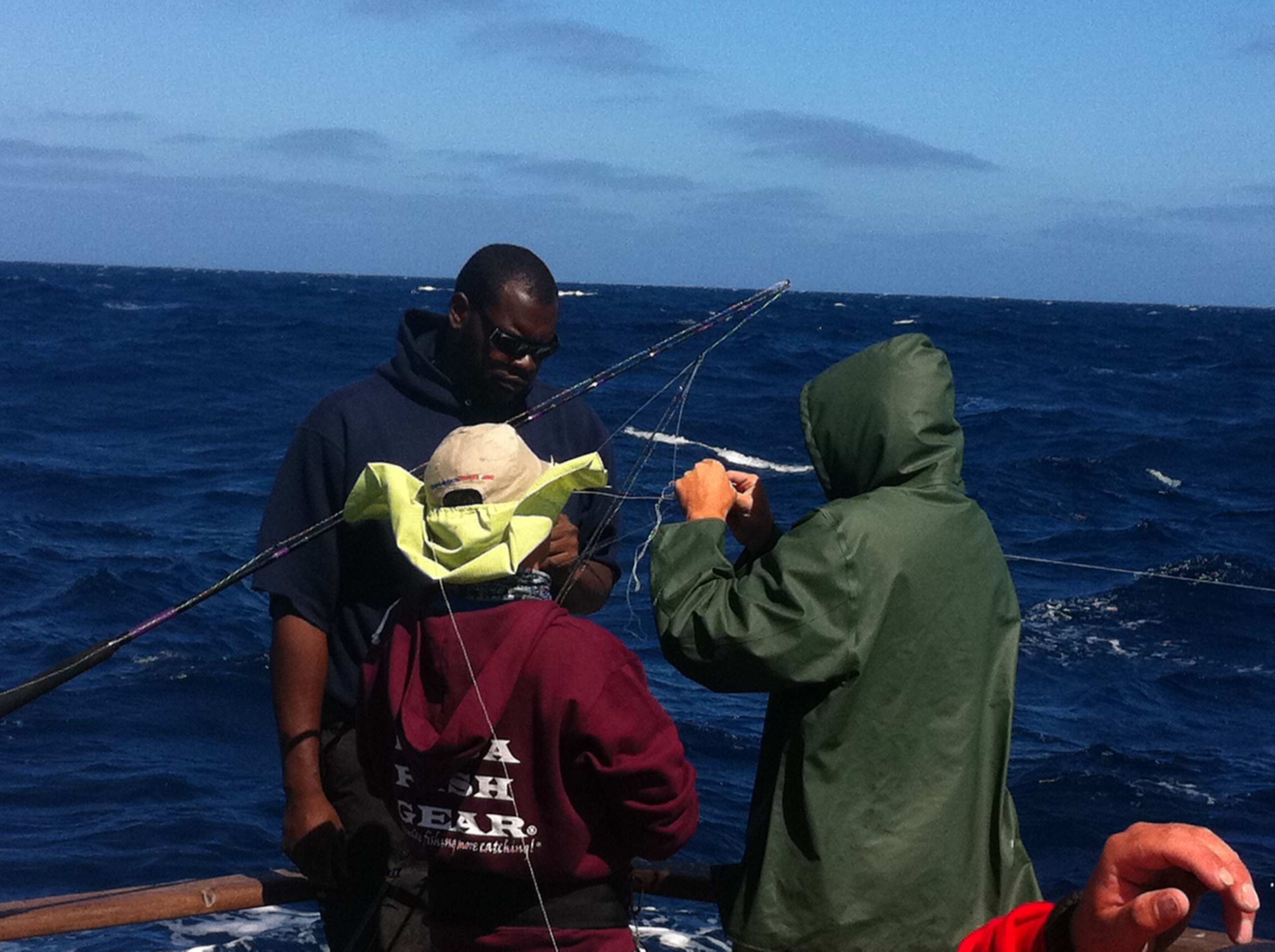
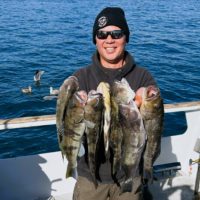
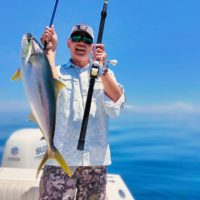
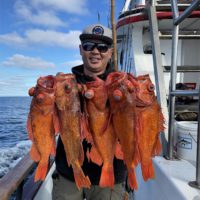


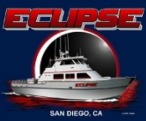


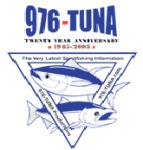
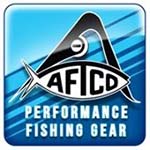
No Comments